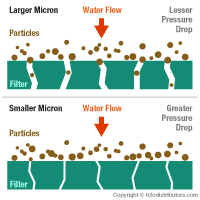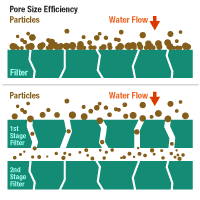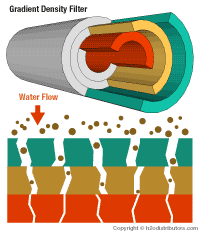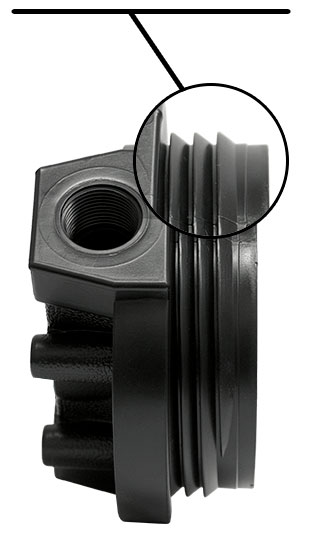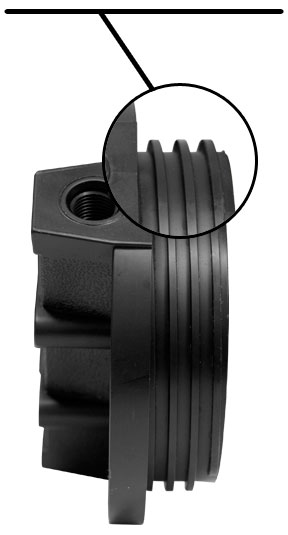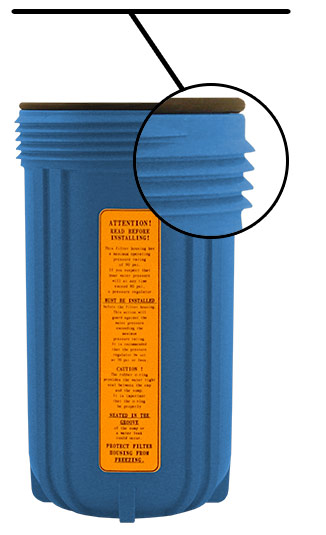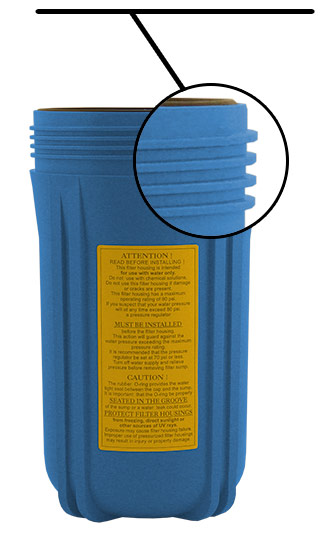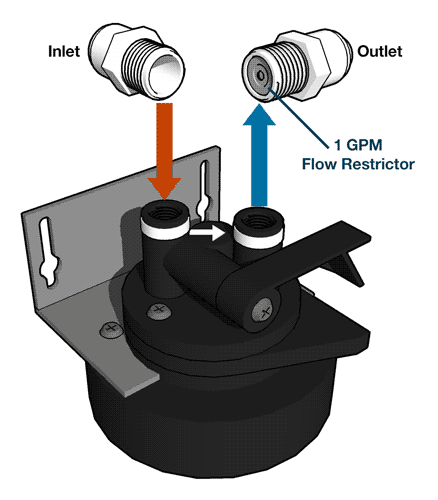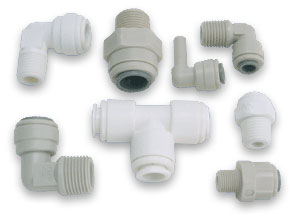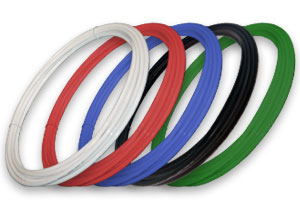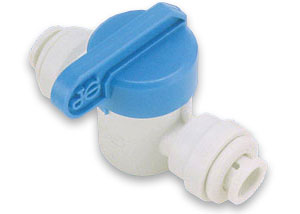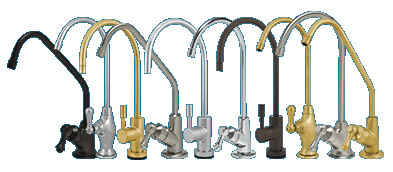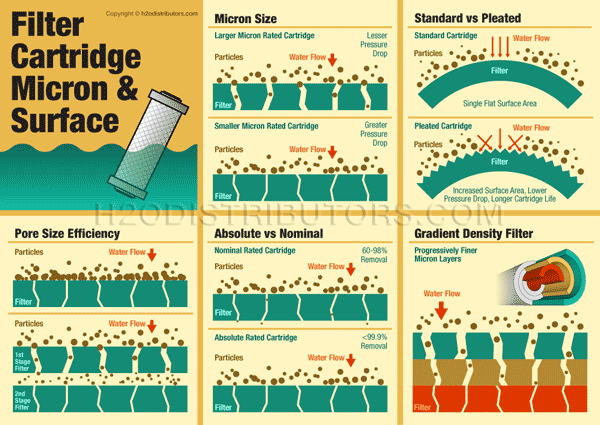
Micron Size & Surface
Cartridges come in a variety of different ‘micron’, or pore sizes and types of surface areas. The type of surface or micron size is dependant on what is in your water and what you are trying to filter out. If you are unsure of what cartridges you need, E-Mail us or call us at 1-800-955-8561.
What is a Micron?
A micron (or micrometer) is sometimes represented by the symbol µ and is a unit of measurement for how small of particles a filter will catch. The lower the micron size, the tinier the ‘holes’ in the filter cartridge are that allows water to pass through, ranging from 150 microns all the way down to 0.1 absolute microns.
What is Pore Size Efficiency?
“Why wouldn’t everyone just buy the smallest micron size to filter out everything?”
Depending on what you have in your water, in most cases, simply using a small micron filter is inefficient. While it will catch more particles, because there is no larger micron filtering before the smaller one, the filter will be catching every particle, like sand and sediment, which will cause lower water pressure coming out of a system and require the filter to be changed more frequently than it should need to be.
Absolute versus Nominal Ratings
Absolute micron filters are laboratory tested under strictly defined criteria and have a rejection rate of 98.6% and higher for the stated micron size. Absolute micron filters are typically used in the final filtering stages of a system for sterilization of the product water.
Nominal micron filters have a rating of 50-98% rejection rate for the stated micron size. Contaminant concentration and water pressure have a definite impact on the effectiveness of the filter. Most filters are nominal unless otherwise stated.
Gradient Density Cartridges
Gradient density cartridges are multi-layered sediment cartridges with different micron sizes for each layer. The outer layer is a greater micron size and traps larger particles allowing smaller particles to penetrate deeper into the cartridge, where the inner layers closer to the core are a smaller micron size. What this does is increase the life, surface area and sediment holding capacity of a cartridge.

